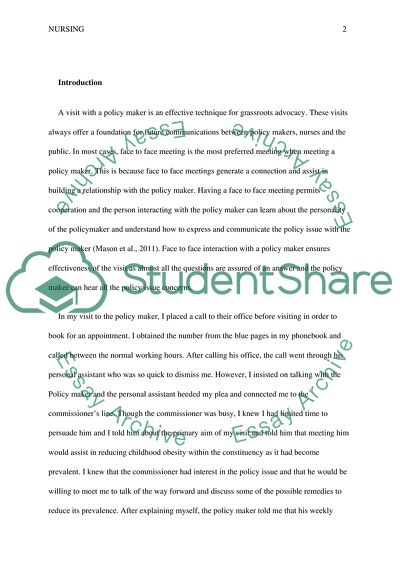Cite this document
(“Policymaker Power point Essay Example | Topics and Well Written Essays - 3750 words”, n.d.)
Policymaker Power point Essay Example | Topics and Well Written Essays - 3750 words. Retrieved from https://studentshare.org/nursing/1687155-policymaker-power-point
Policymaker Power point Essay Example | Topics and Well Written Essays - 3750 words. Retrieved from https://studentshare.org/nursing/1687155-policymaker-power-point
(Policymaker Power Point Essay Example | Topics and Well Written Essays - 3750 Words)
Policymaker Power Point Essay Example | Topics and Well Written Essays - 3750 Words. https://studentshare.org/nursing/1687155-policymaker-power-point.
Policymaker Power Point Essay Example | Topics and Well Written Essays - 3750 Words. https://studentshare.org/nursing/1687155-policymaker-power-point.
“Policymaker Power Point Essay Example | Topics and Well Written Essays - 3750 Words”, n.d. https://studentshare.org/nursing/1687155-policymaker-power-point.


